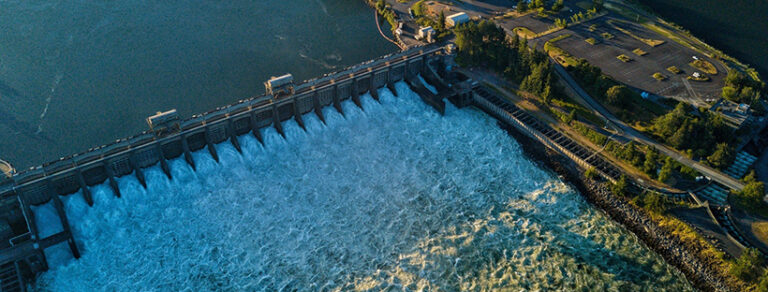Geothermal energy is a form of renewable energy that is produced from the hot temperatures found below the earth’s ground surface. It has high potency to produce electricity, heat, or cool the combustion systems in industries or individual buildings. Owing to its low or no carbon footprint and continuous availability, it is considered a promising sustainable energy for the future.
Detailed Comparative Analysis of Geothermal Energy vs Fossil Fuels
Though we know that geothermal energy is a potential renewable energy source for electrical supply instead of non-renewable fossil fuels, let’s understand their real-time advantages and disadvantages with respect to various factors.
| Factor | Geothermal Energy | Fossil Fuel |
| Applications or benefits | Base load electricity generation: Due to increased energy consumption, geothermal reservoirs are capable of becoming the backbone of our current local grid systems. Applications in specific industries: As geothermal energy can help heat or cool industry systems and increase the thermal performance of ground heat exchangers, it has a huge set of applications, mainly in the construction and oil and gas industries. | Fossil fuels like coal, oil, and petroleum are widely used to produce power and electricity that support commercial electrical power grids. Apart from this, this non-renewable energy is used as fuel to power vehicles on the road and other combustion systems in the manufacturing industry. |
| Sustainability | Geothermal energy can be consistently produced from the heat underneath the identified locations on the earth. This heat is obtained throughout the year without any interruption. Hence, it can be used by our future generations as well. | Fossil fuels are already depleting and as they cannot be renewed for future use, they are not considered a sustainable energy resource. |
| Carbon footprint | Rarely, geothermal energy systems can emit greenhouse gases or record a minimal carbon footprint. However, when compared to fossil fuels, these are negligible. | The process of energy or power generation from fossil fuels highly emits greenhouse gases and turns out to be the major contributor to carbon footprint and ozone depletion. |
| Infrastructure and operations | Concerning geothermal energy systems, the infrastructure is still in the developing phase in most countries. Because the identification of geothermal reservoirs, their construction, etc., required the help of expert geologists, geophysicists, and engineers. | Fossil fuel energy systems are well established and do not require any further advancements for improvement in terms of power generation. Also, the human labor is mostly well-skilled to seamlessly run the operations. |
| Costs | Firstly, the maintenance of geothermal wells involves huge maintenance costs. To cater to it, the policymakers of the government had to introduce incentive programs and other financial benefits to companies planning to build these infrastructures. This will result in a reduction of both costs—the capital and maintenance costs of geothermal energy systems. | As it has well-equipped facilities, the maintenance costs are lower. In addition, overall, fossil fuel energy is found to be cheaper than geothermal energy at the moment. |
| Resource locations | Geothermal reservoirs require specific high temperatures underground; these energy systems can be established only in isolated geo-locations. | Though they are scarce and found only in specified locations, the transportation systems are supportive and favorable. |
Did you know? Geothermal panel installation is one of the most promising sustainable energy business ideas!
Geothermal energy was found to replace fossil fuels a decade ago!
Around ten years ago, researchers in the United States found that the North Dakota part of the Williston Basin has the potential to generate ~4,500 MW/hr of geothermal energy. The non-renewable energy systems (petroleum and coal) were producing only ~3,100 MW/hr of power at that time. Thus, they concluded that the geothermal resources found in that part can completely replace fossil fuels and serve as a primary power source for the whole of the North Dakota region.
When the United States was able to identify such potential geothermal reservoirs nearly a decade ago, both developed and developing countries had to make serious efforts, at least now, to find the reservoirs within their territories if not initiated earlier.




